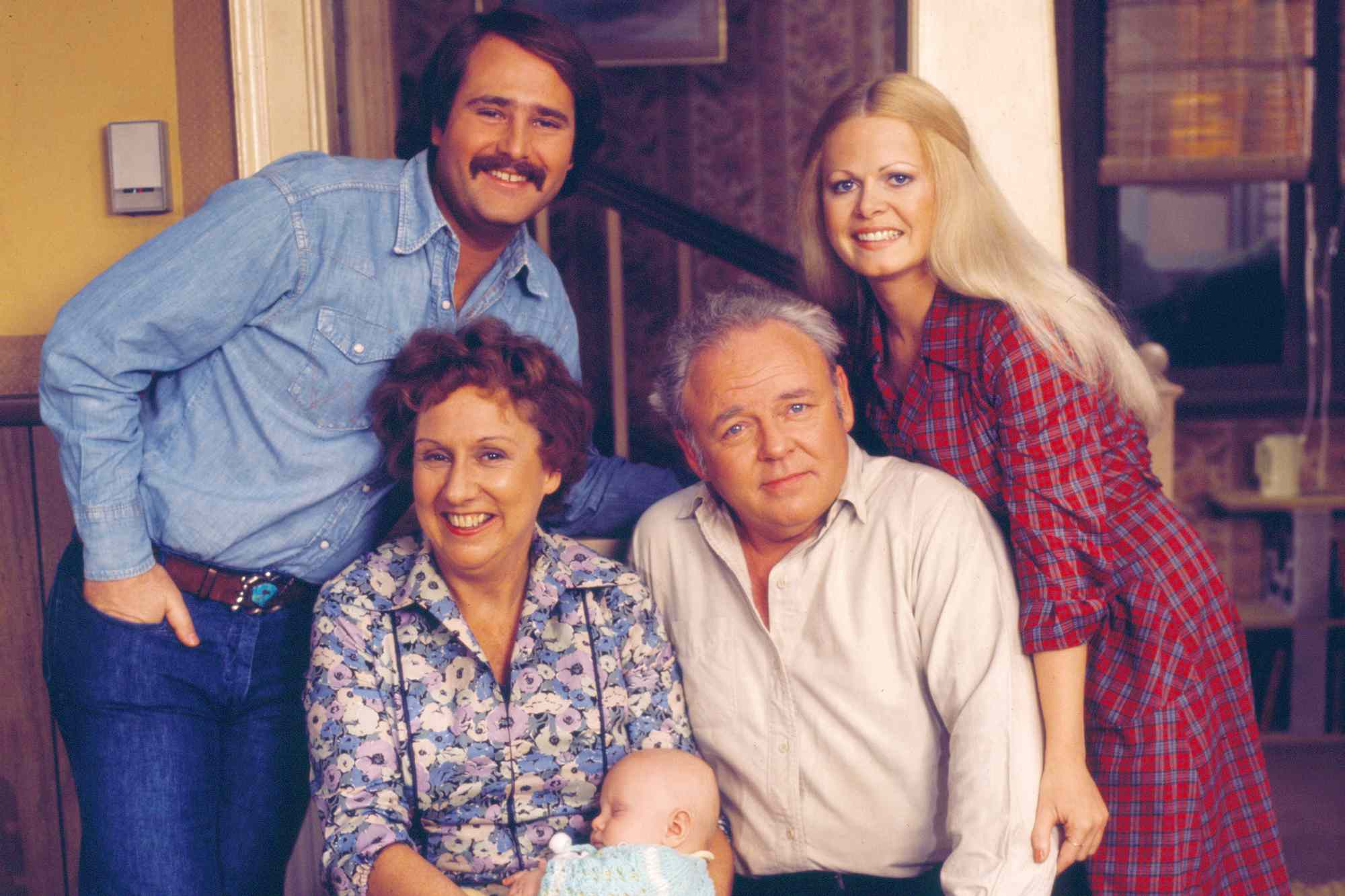
Television has always been a powerful medium for shaping culture, but few shows have had as profound an effect on the TV landscape as All in the Family. Premiering in 1971, the show introduced a brand-new kind of sitcom—one that didn’t shy away from controversial topics or question traditional norms. By pushing boundaries and tackling real-world issues, All in the Family redefined what a sitcom could be and paved the way for future shows that would continue to challenge the status quo. In this article, we’ll explore how All in the Family transformed the television landscape and became a cultural touchstone in the process.
Changing the Face of Sitcoms:
Before All in the Family, sitcoms were primarily focused on light-hearted family dynamics and simple moral lessons. Shows like The Dick Van Dyke Show and I Love Lucy were beloved for their wholesome humor and charming characters, but they rarely ventured into serious or controversial subject matter. All in the Family changed that.
Created by Norman Lear, the show centered around Archie Bunker, a working-class man with strong conservative views, and his family. What set the show apart was its willingness to tackle topics that other sitcoms avoided—issues like racism, gender roles, and political unrest. It wasn’t just about family squabbles and misunderstandings; All in the Family engaged with the social and cultural issues of the time in a way that was both provocative and entertaining.
Archie Bunker: The Unlikely Star:
At the heart of All in the Family was Archie Bunker, a character who, in many ways, was the complete opposite of the lovable, idealized fathers that viewers had grown accustomed to seeing on TV. Played by Carroll O’Connor, Archie was often abrasive, bigoted, and stubborn. But it was precisely these flaws that made him such a compelling character.
Archie’s reactionary views—on everything from race to feminism—were often the source of much of the show’s humor. But through his character, All in the Family offered a biting critique of the cultural tensions and divisions that were sweeping through American society in the 1970s. By using humor to expose the absurdity of Archie’s prejudices, the show opened up a space for viewers to laugh at the discomfort of these issues while still engaging with their seriousness.
Breaking Boundaries and Challenging Norms:
All in the Family wasn’t just about pushing the envelope with controversial subject matter—it also redefined how sitcoms were structured. Traditional sitcoms relied on predictable plots and light humor, but All in the Family was bold enough to go for more edgy and real-world storylines. Each episode felt like a social commentary, using Archie’s views and his interactions with his family to explore the larger issues facing the nation.
The show’s success opened the door for more shows to tackle difficult subjects. It wasn’t long before shows like Maude, The Jeffersons, and Good Times followed in All in the Family‘s footsteps, creating a new era of sitcoms that weren’t afraid to reflect the real world. The success of All in the Family marked the beginning of a golden age of TV where writers and producers were willing to take risks and challenge conventional storytelling.
Conclusion:
All in the Family changed the television landscape forever. It showed that comedy could be used to address the most serious issues of the day, from race relations to gender equality, and that sitcoms didn’t have to be fluffy or idealized to be successful. Through its bold characters, sharp humor, and willingness to engage with difficult topics, All in the Family not only entertained but also educated and provoked its audience. It’s a legacy that lives on today, influencing countless shows and continuing to inspire writers, comedians, and social commentators.
